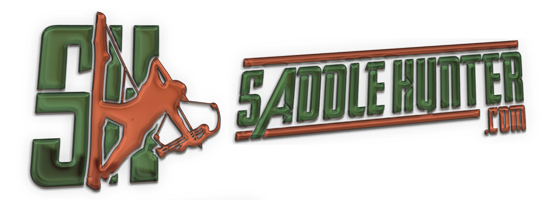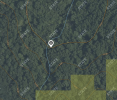I don't watch Samkowiak a lot but this is one thing I agree with him on. Some of my most successful hunts are when I pick a terrain feature from a map that looks like it will funnel deer movement, go in well before dark, pick a tree, climb it and wait for daylight. I sometimes have deer move through just out of Trad bow range but, I have that happen when I've thoroughly scouted an area also. Some of my best buck encounters have occurred when going in blind.
@HuumanCreed, in your area with the high deer density you guys have I wouldn't hesitate going in before daylight to some type of funnel or feature that compresses deer movement, picking a tree and seeing what happens. Try to limit the amount of walking around you do when you get to the feature, if you have to cross the feature/trail cross it perpendicular within range of whatever tree you pick so you can shoot a deer before or when it hits your scent. Worst case scenario, you picked the wrong tree and a deer crosses out of range but, you just learned something for the next hunt.
@HuumanCreed, in your area with the high deer density you guys have I wouldn't hesitate going in before daylight to some type of funnel or feature that compresses deer movement, picking a tree and seeing what happens. Try to limit the amount of walking around you do when you get to the feature, if you have to cross the feature/trail cross it perpendicular within range of whatever tree you pick so you can shoot a deer before or when it hits your scent. Worst case scenario, you picked the wrong tree and a deer crosses out of range but, you just learned something for the next hunt.


